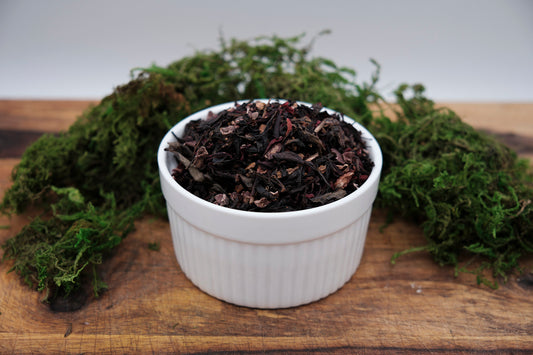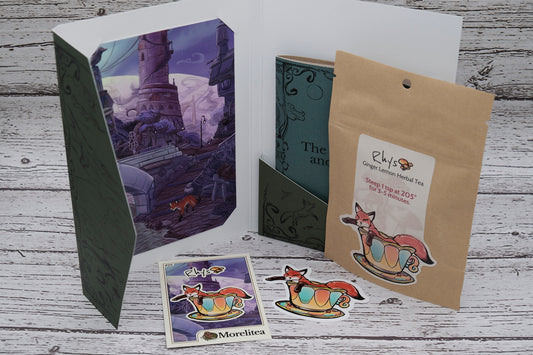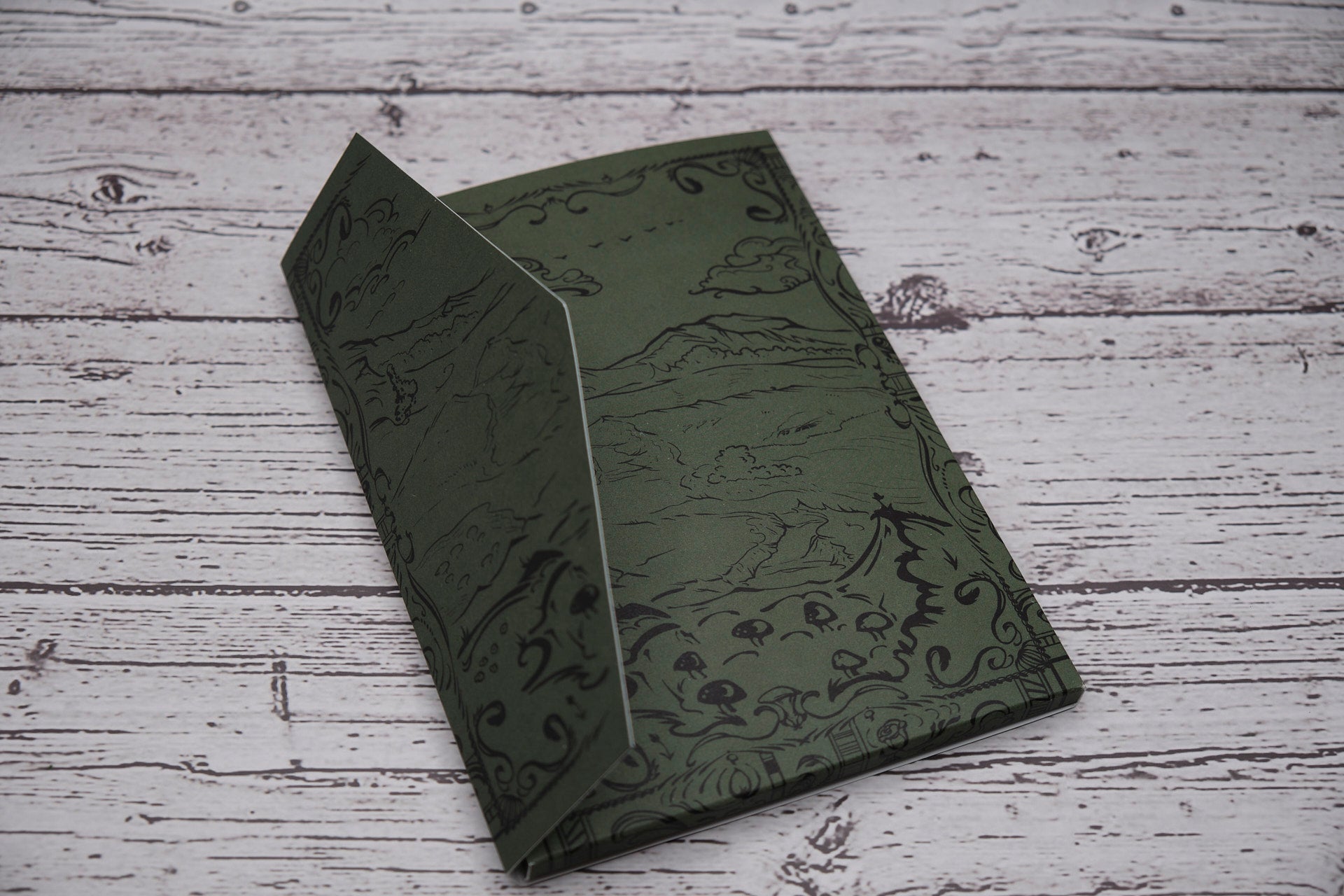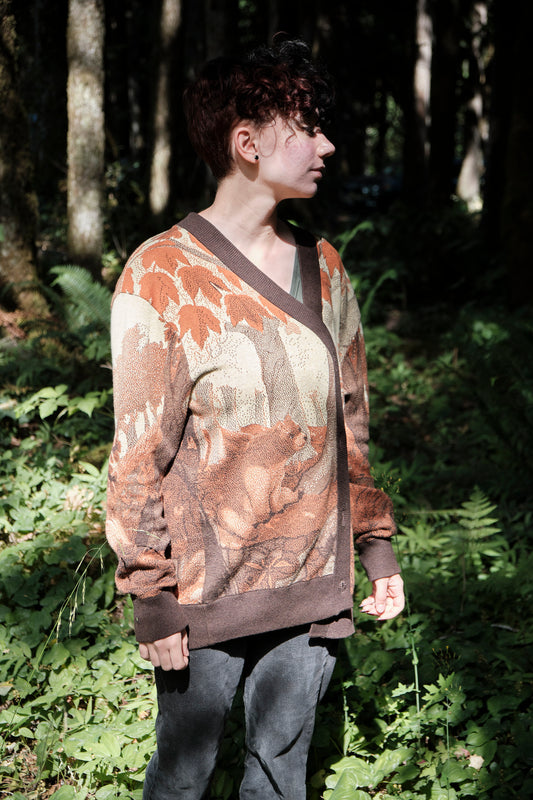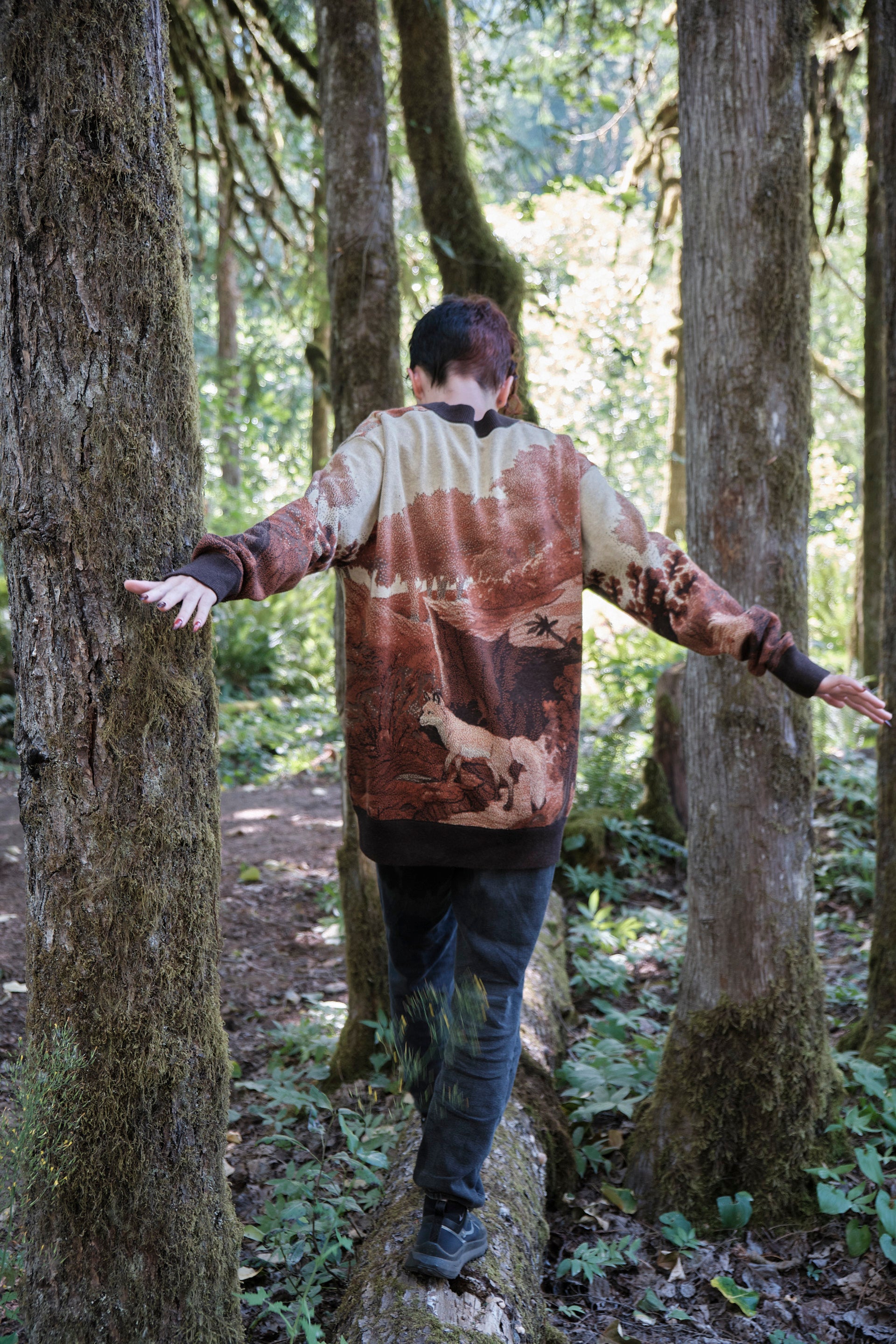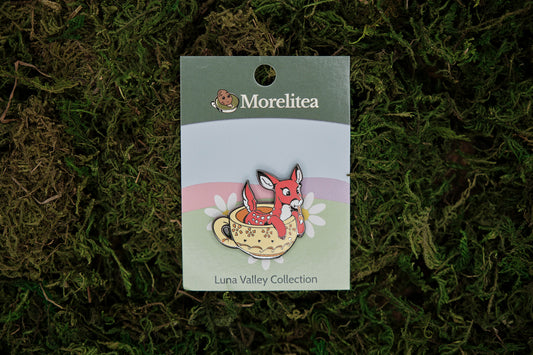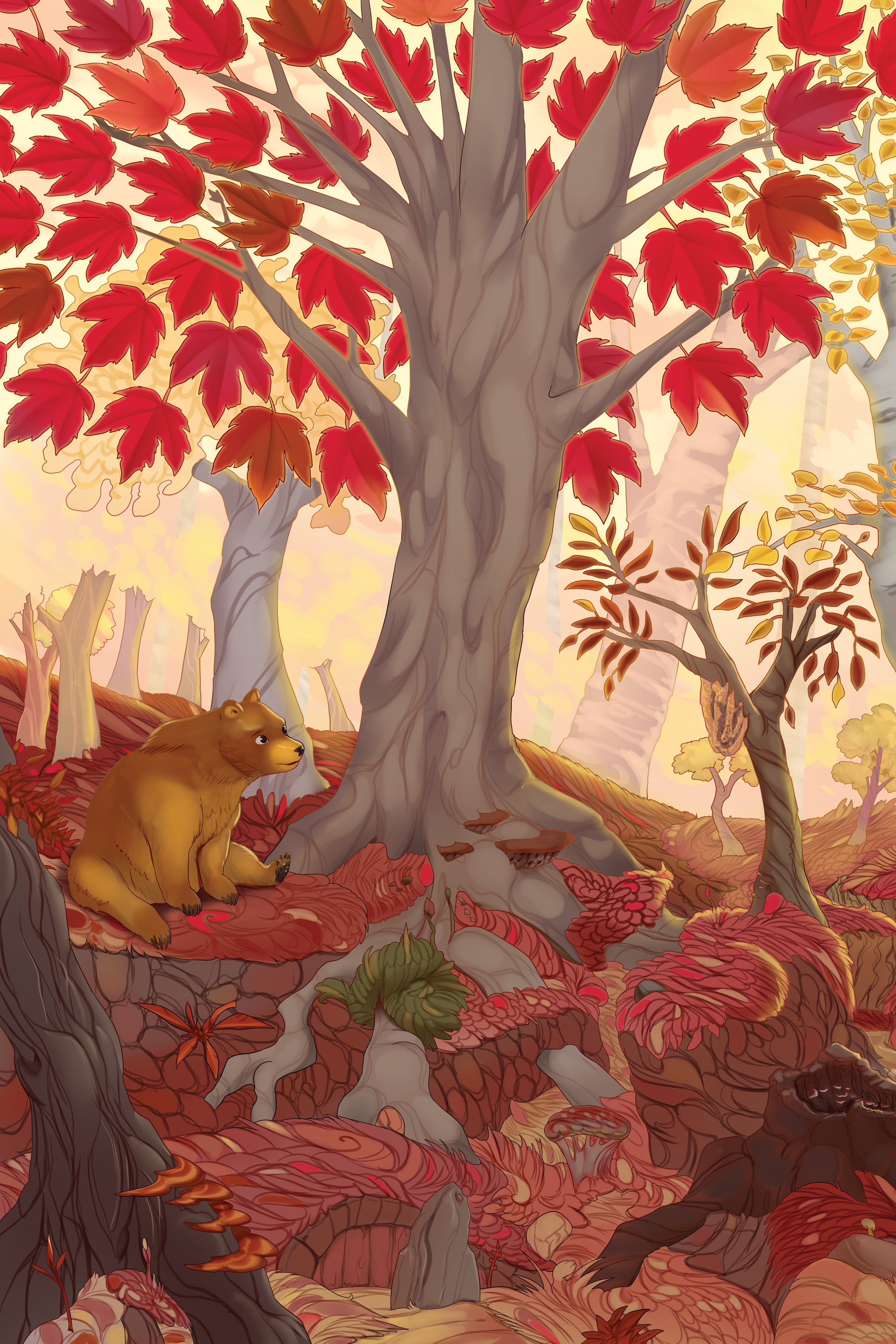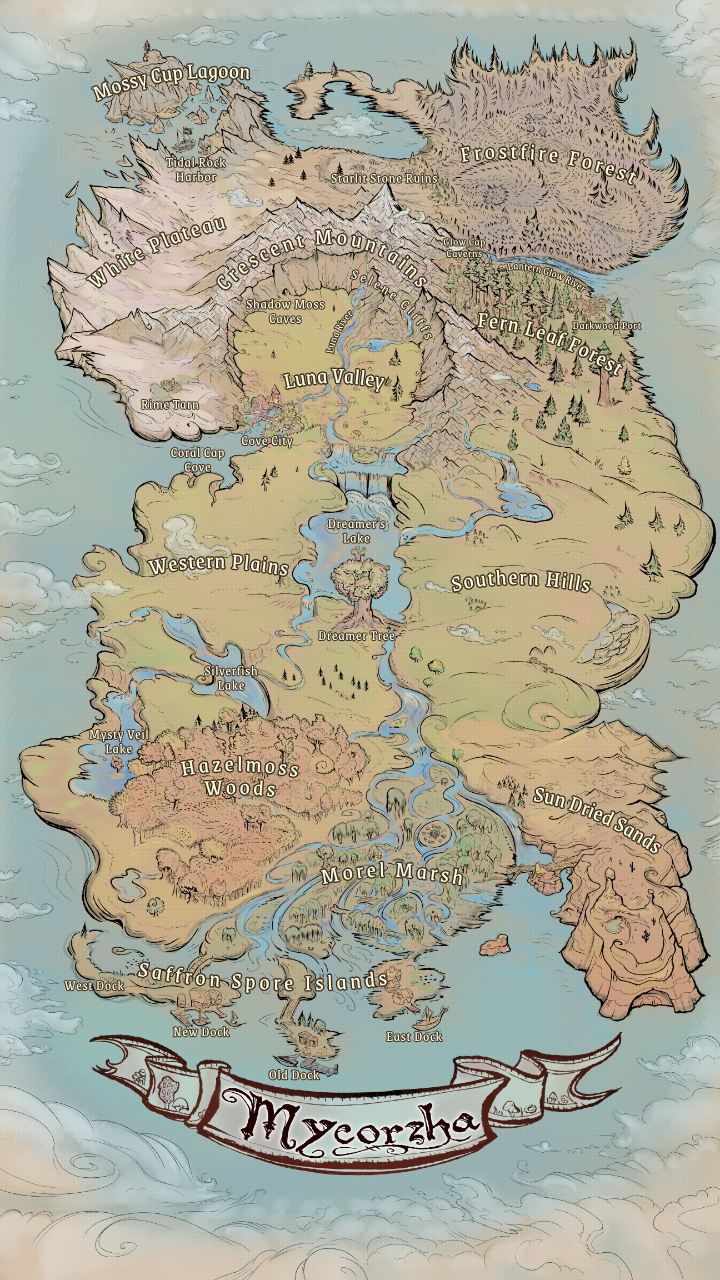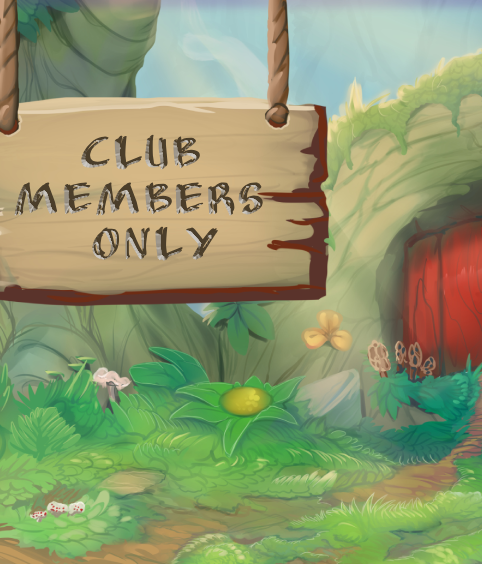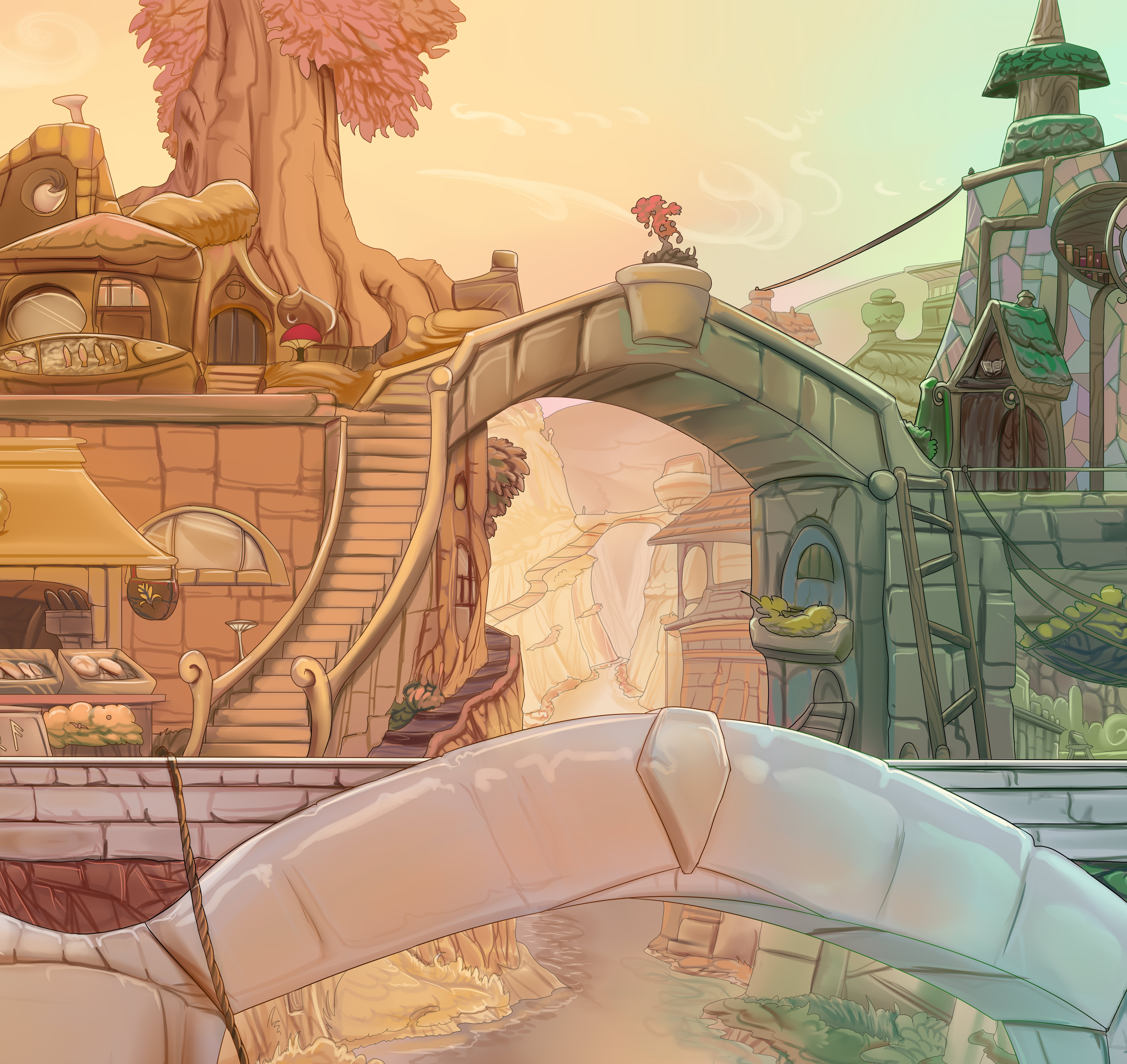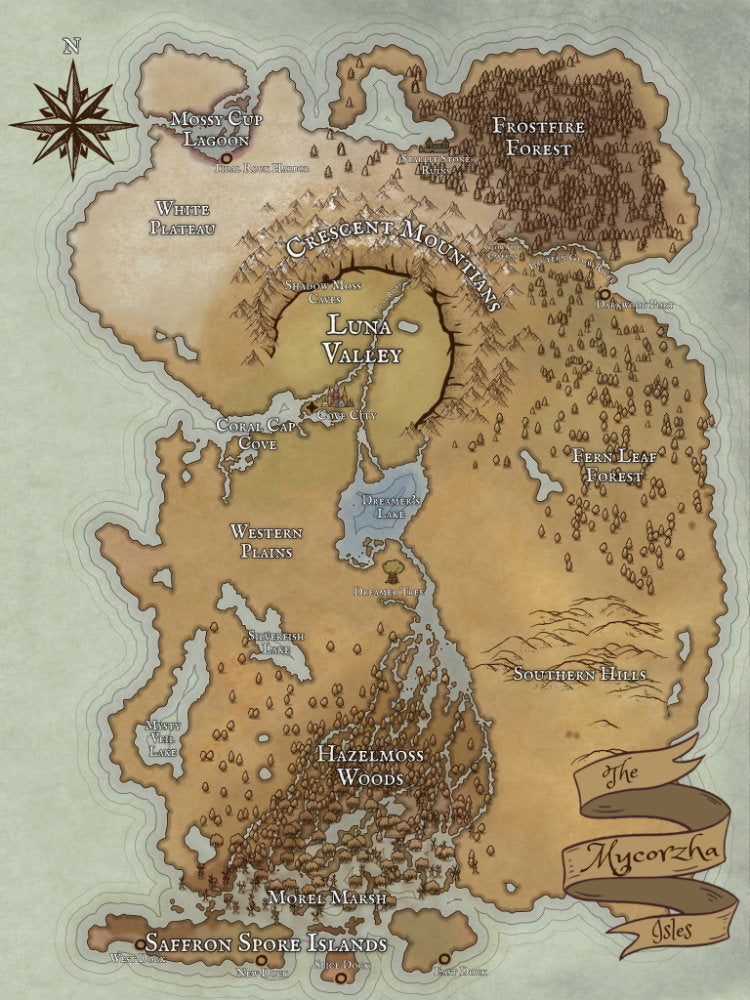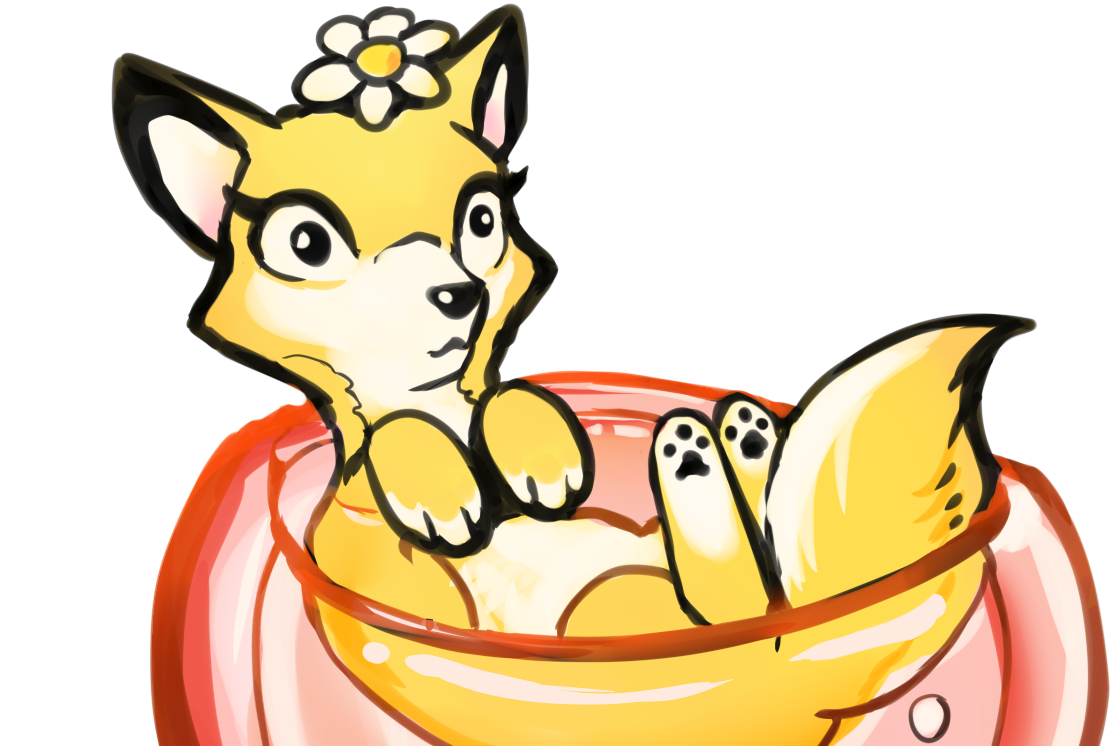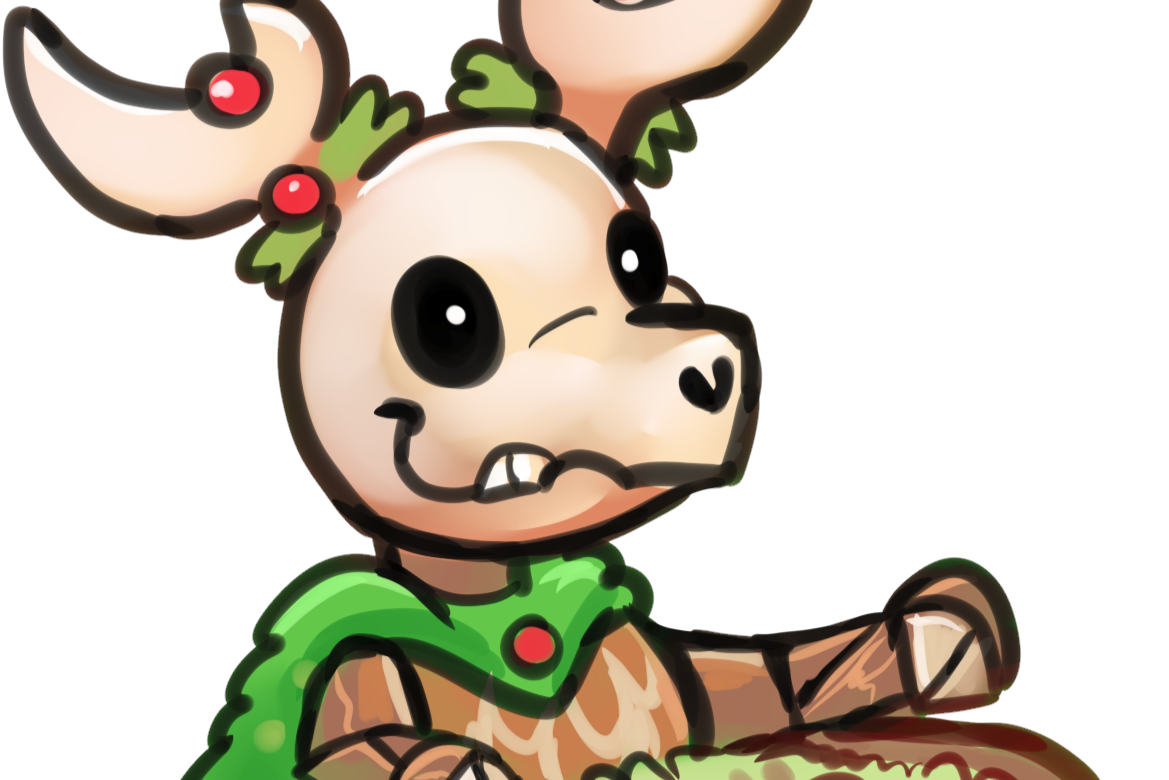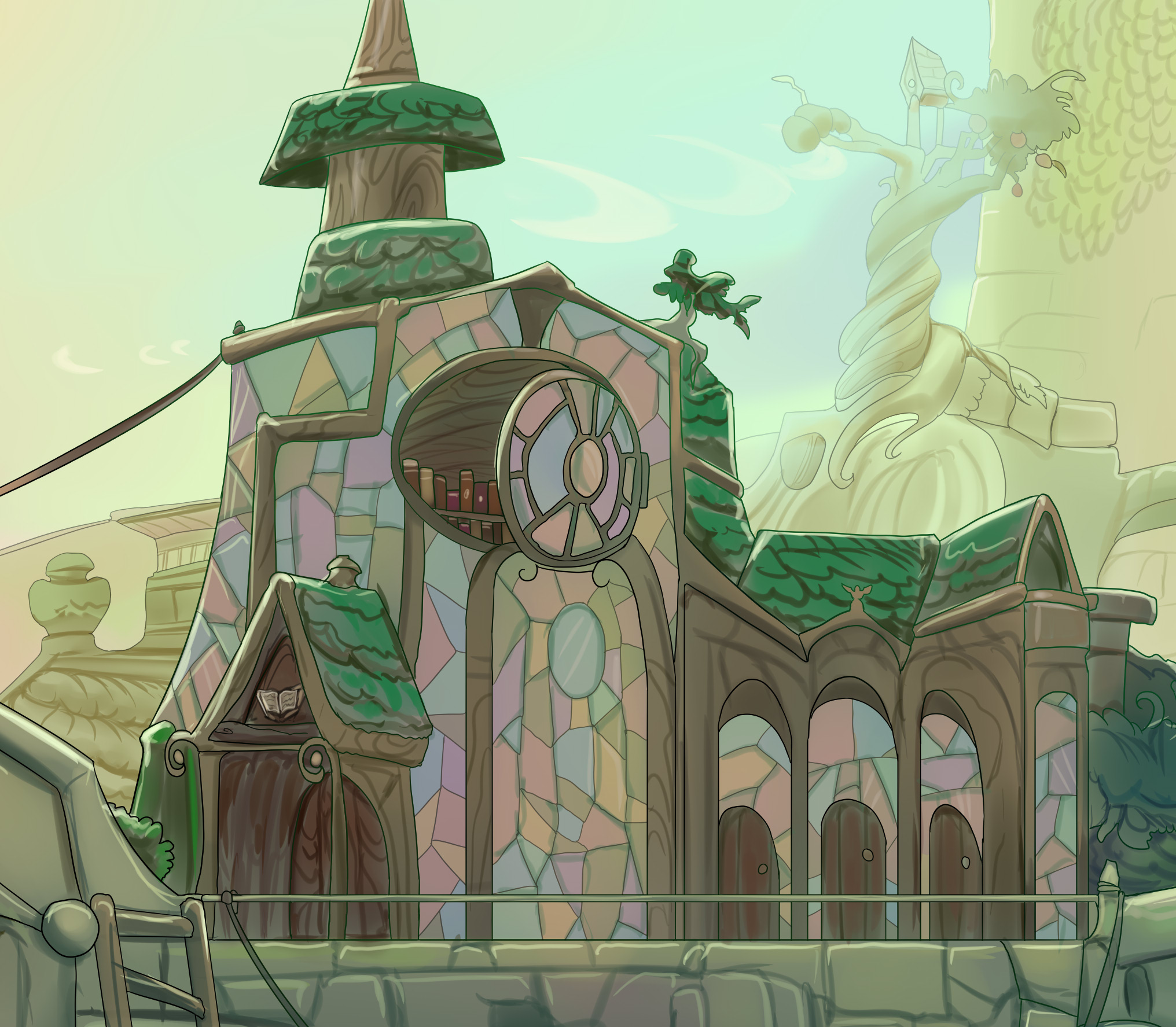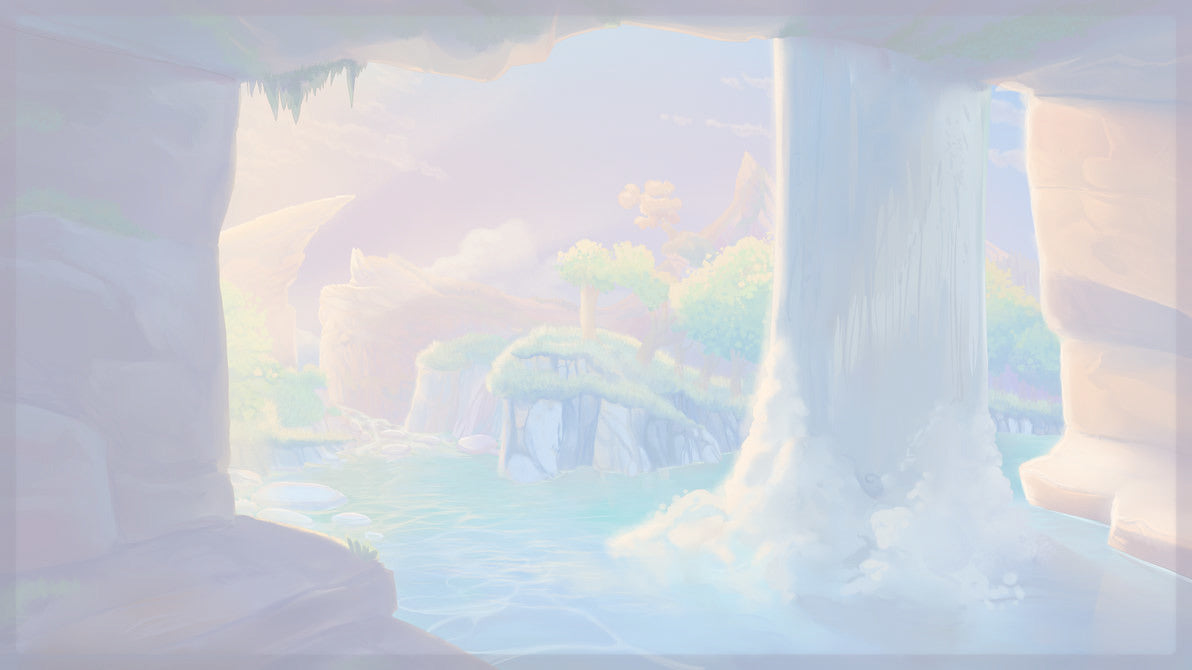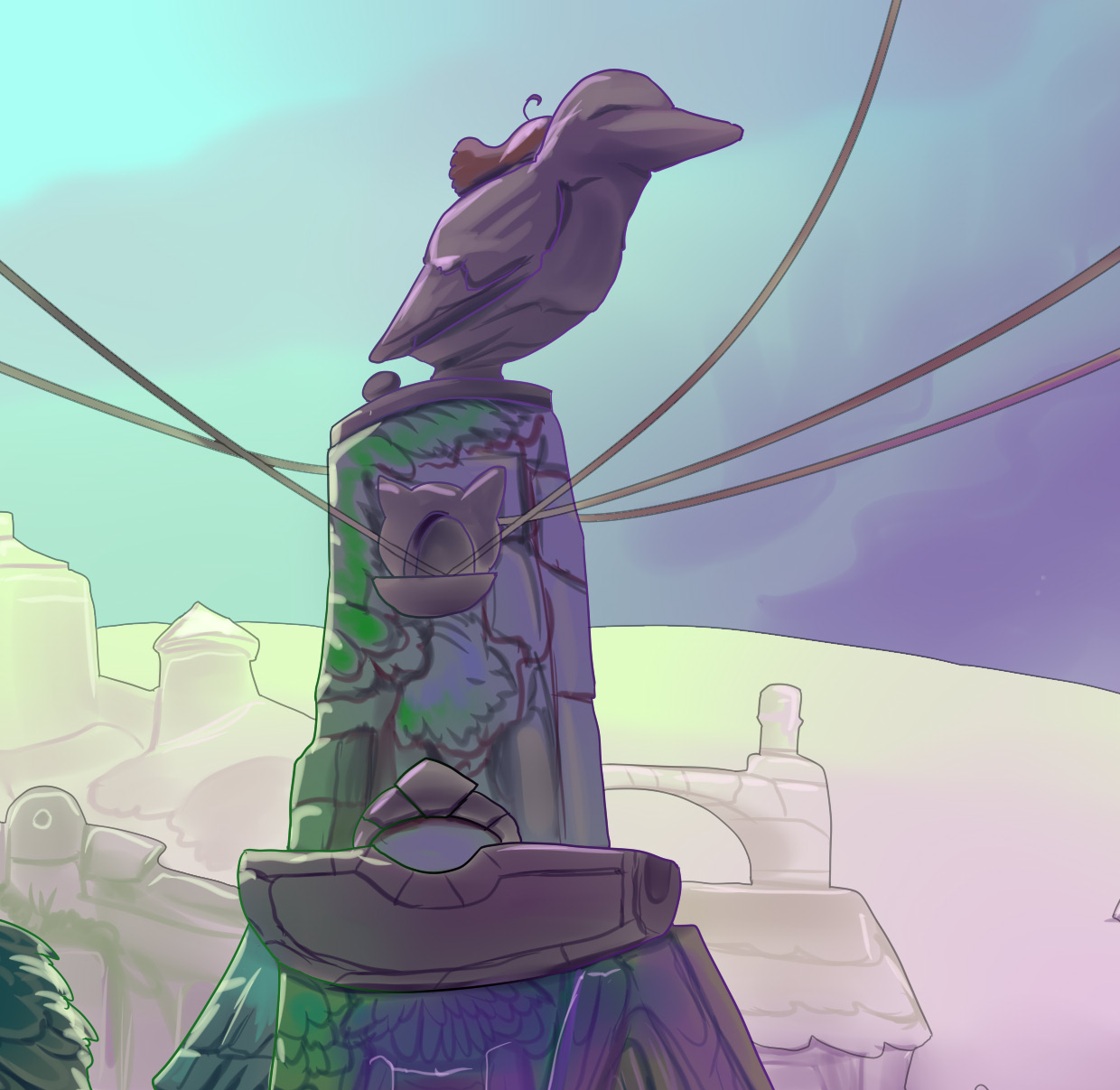What are the Mysts?
Due to the many different climates across Mycorzha, visibility across its coastlines is limited. From any ocean shore, the sea stretches only a short distance before disappearing into a dense, pale shroud known locally as The Mysts. No matter the season, the Mysts are always present. They do not shift with the tides or thin with the wind. They hang low and constant, an ever-present veil between Mycorzha and the wider world.
Most residents grow up with stories about how the Mysts came to be. Some say they were placed to protect the land, to keep out forces that once threatened its balance. Others claim the Mysts are a punishment, sent after a time of greed and misuse. There are even tales that the Mysts were not made at all—that they arrived when something older and larger than the world itself simply stirred. Whatever the origin, they are accepted as fact, woven into the daily life of the Isles.
The Mysts do not behave like ordinary fog. They are difficult to navigate, and their properties resist both scientific explanation and magical interpretation. Time seems to bend slightly inside them. People report dreams while passing through, and some claim to see glimpses of things that aren’t there—shapes of forgotten beasts, voices from no source. Navigation requires skill, patience, and full reliance on wind and current to see you through. No ships may pass through with mechanical propulsion, and any attempt to do so results in immediate failure: engines stall, systems burn out, and the ship is dragged under. The result is a ring of sunken vessels surrounding the archipelago, some visible during low tide. Among them are merchant schooners, fishing boats, and the occasional rusted warship—none of which appear to have fought anything, only broken apart as if the Mysts themselves rejected them.
Despite this barrier, trade thrives. Certain captains have learned how to sail through the Mysts safely, using charts, odd compass-like devices, and ancestral knowledge passed down over generations. Most of these travelers are seasonal traders who bring spices, textiles, metals, or fruit not found on Mycorzha. The locals refer to them all simply as “Beyonders,” a title used without judgment. The term does not suggest outsider status in a political sense—it simply notes their origin across the veil.
Most Beyonders do not speak the local language, and so trade takes place primarily through pictography. Markets in port towns are filled with painted boards, carved tokens, and woven symbols that represent goods and agreements. This has shaped a strong tradition of visual communication. Port cities are some of the most color-rich places in all of Mycorzha, covered in murals, trade signs, and symbolic art that spans generations. The blend of function and expression is taken seriously, and artists who can create universal depictions are highly respected.
Socially, traders are welcomed as friends. Many return year after year, forming close bonds with local families. Entire communities will gather when a familiar vessel returns, bringing not just goods but stories, letters, and even tools for craftspeople. While rare, some Mycorzhans fall in love with traders and choose to leave, sailing into the Mysts to live beyond them. These individuals are still considered part of the community and often return when they can, bearing unusual gifts or news from foreign ports.
Not all exchanges are celebrated. In recent years, some Beyonders have attempted to introduce machines powered by combustion, promising speed and efficiency. These devices emit thick white smoke, which alarmed the elders and governing groups of the Isles. They remember stories passed down from before the Mysts—tales of ruin to the north where such smoke once blackened the skies, and the land still lies silent and hollow. Because of these teachings, Mycorzhans do not allow smoke-belching tools or engines within their borders. Any trader who manages to bring such items is turned away, regardless of their reputation.
The Mysts have also shaped cultural beliefs. The spirituality of the Isles and their oral histories say that the land and the veil are deeply intertwined. Children are taught not to fear the Mysts, but to respect them. Songs, ceremonies, and stories often reference the Mysts as a living thing, be they a god, great spirit, or simply a reminder: Mycorzha is not isolated, but it is also not unguarded.
Some scholars and mystics believe that the Mysts are thinning. In certain places, the fog takes longer to return, or odd things are found washed up on shore—scraps of fabric, symbols not used in Mycorzha, and once, a wooden mask from a people no one could identify. Whether this signals change or simply the natural evolution of things, no one is sure.
But for now, the Mysts remain, blanketing the Isles with ever-present cloud.
